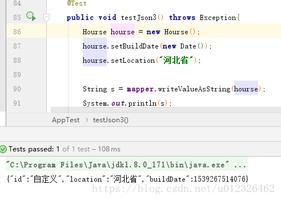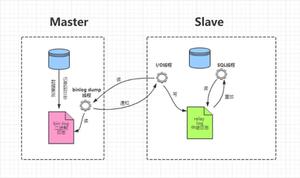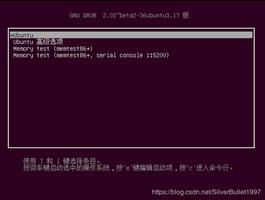BlockingQueue是如何把线程玩的如此之牛的?

在Java中,BlockingQueue是一个接口,它的实现类有ArrayBlockingQueue、DelayQueue、 LinkedBlockingDeque、LinkedBlockingQueue、PriorityBlockingQueue、SynchronousQueue等,它们的区别主要体现在存储结构上或对元素操作上的不同,但是对于take与put操作的原理,却是类似的。下面的源码以ArrayBlockingQueue为例。
分析
BlockingQueue内部有一个ReentrantLock,其生成了两个Condition,在ArrayBlockingQueue的属性声明中可以看见:
/** Main lock guarding all access */final ReentrantLock lock;
/** Condition for waiting takes */
private final Condition notEmpty;
/** Condition for waiting puts */
private final Condition notFull;
...
public ArrayBlockingQueue(int capacity, boolean fair) {
if (capacity <= 0)
throw new IllegalArgumentException();
this.items = new Object[capacity];
lock = new ReentrantLock(fair);
notEmpty = lock.newCondition();
notFull = lock.newCondition();
}
而如果能把notEmpty、notFull、put线程、take线程拟人的话,那么我想put与take操作可能会是下面这种流程:
put(e)
take()
其中ArrayBlockingQueue.put(E e)源码如下(其中中文注释为自定义注释,下同):
/*** Inserts the specified element at the tail of this queue, waiting
* for space to become available if the queue is full.
*
* @throws InterruptedException {@inheritDoc}
* @throws NullPointerException {@inheritDoc}
*/
public void put(E e) throws InterruptedException {
checkNotNull(e);
final ReentrantLock lock = this.lock;
lock.lockInterruptibly();
try {
while (count == items.length)
notFull.await(); // 如果队列已满,则等待
insert(e);
} finally {
lock.unlock();
}
}
/**
* Inserts element at current put position, advances, and signals.
* Call only when holding lock.
*/
private void insert(E x) {
items[putIndex] = x;
putIndex = inc(putIndex);
++count;
notEmpty.signal(); // 有新的元素被插入,通知等待中的取走元素线程
}
ArrayBlockingQueue.take()源码如下:
public E take() throws InterruptedException { final ReentrantLock lock = this.lock;
lock.lockInterruptibly();
try {
while (count == 0)
notEmpty.await(); // 如果队列为空,则等待
return extract();
} finally {
lock.unlock();
}
}
/**
* Extracts element at current take position, advances, and signals.
* Call only when holding lock.
*/
private E extract() {
final Object[] items = this.items;
E x = this.<E>cast(items[takeIndex]);
items[takeIndex] = null;
takeIndex = inc(takeIndex);
--count;
notFull.signal(); // 有新的元素被取走,通知等待中的插入元素线程
return x;
}
可以看见,put(E)与take()是同步的,在put操作中,当队列满了,会阻塞put操作,直到队列中有空闲的位置。而在take操作中,当队列为空时,会阻塞take操作,直到队列中有新的元素。
而这里使用两个Condition,则可以避免调用signal()时,会唤醒相同的put或take操作。
参考地址
- https://blog.csdn.net/t894690230/article/details/53088660
如果大家喜欢我的文章,可以关注个人订阅号。欢迎随时留言、交流。如果想加入微信群的话一起讨论的话,请加管理员简栈文化-小助手(lastpass4u),他会拉你们进群。
以上是 BlockingQueue是如何把线程玩的如此之牛的? 的全部内容, 来源链接: utcz.com/z/515096.html









